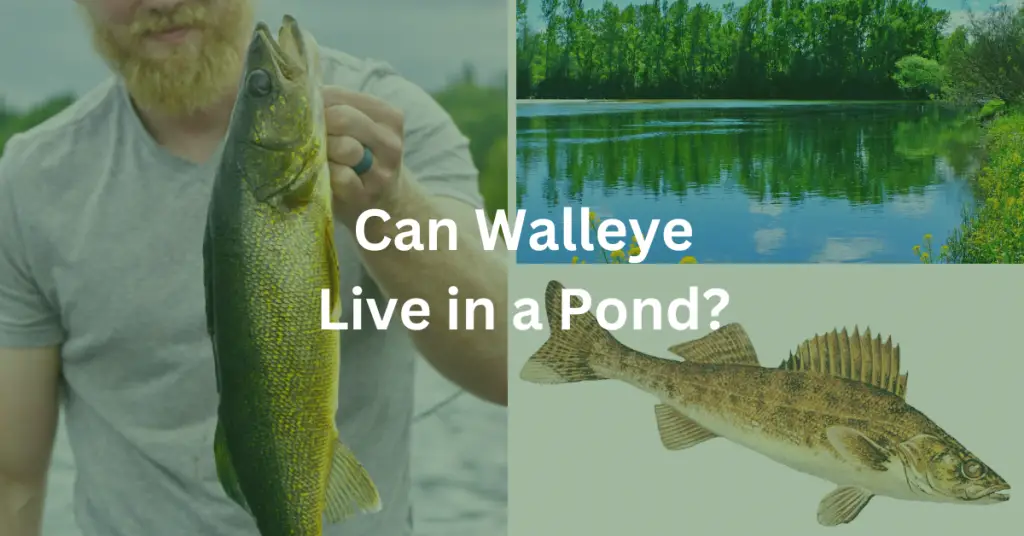Walleye, known for their excellent taste and challenging sport fishing, are popular freshwater fish species found in many lakes and rivers across North America. They are prized by anglers for their elusive nature and delicious flesh. However, can walleye thrive in a pond environment?
Understanding Walleye Habitat
Walleye are typically found in large, deep lakes and rivers with cool, clean water and rocky or sandy bottoms. They prefer clear water with moderate vegetation and are known for their sensitivity to changes in water temperature and quality. These fish are also known to be highly predatory, feeding on smaller fish and insects.

Credit: hellodoorcounty.com
Challenges of Keeping Walleye in a Pond
While walleye are well-suited to the natural conditions of lakes and rivers, keeping them in a pond can present several challenges. Ponds are generally smaller and shallower than the natural habitats of walleye, which may not provide enough space and suitable conditions for these fish to thrive.
One of the key factors to consider is the water quality in the pond. Walleye are sensitive to changes in water temperature, oxygen levels, and pollutants. Ponds may not always provide the stable conditions that walleye require to survive and reproduce successfully.
Feeding and Predation
Another challenge of keeping walleye in a pond is providing an adequate food source for these predatory fish. In the wild, walleye feed on a variety of small fish, insects, and other aquatic creatures. Replicating this diverse diet in a pond setting can be difficult and may require supplemental feeding.
Additionally, walleye are known to be aggressive predators, which can lead to issues with overpopulation and competition for food in a confined pond environment. Maintaining a balanced ecosystem in a pond with walleye can be challenging and may require careful management.
Size and Depth Requirements
Walleye are typically found in large bodies of water with ample space to swim and depths that allow them to access cooler water temperatures at different times of the year. Ponds, especially smaller ones, may not provide the necessary size and depth for walleye to exhibit their natural behaviors and thrive.
Without adequate space and depth, walleye in a pond may become stressed, exhibit abnormal behaviors, and struggle to reproduce successfully. Creating a pond environment that closely mimics the natural habitat of walleye can be challenging and may require significant planning and resources.
Regulatory Considerations
Before attempting to keep walleye in a pond, it is essential to check local regulations and obtain any necessary permits or approvals. Some jurisdictions may have restrictions on stocking walleye in artificial ponds due to concerns about potential impacts on native fish populations and ecosystems.

Credit: m.youtube.com
Conclusion
While walleye are fascinating fish with unique characteristics, keeping them in a pond can be challenging due to their specific habitat requirements and predatory nature. Ponds may not always provide the ideal conditions for walleye to thrive and reproduce successfully.
Before attempting to introduce walleye to a pond, it is crucial to consider factors such as water quality, feeding requirements, size, depth, and regulatory considerations. Proper planning and management are essential to creating a suitable environment for walleye in a pond setting.
Overall, while it may be possible to keep walleye in a pond under the right conditions, it is important to understand the challenges involved and be prepared to provide the necessary care and resources to support these unique fish species.


